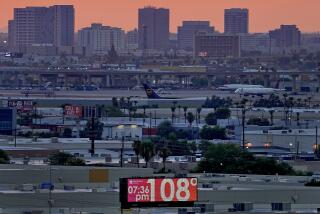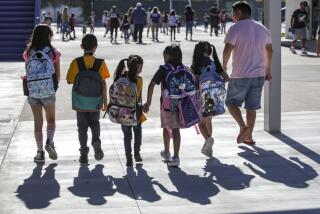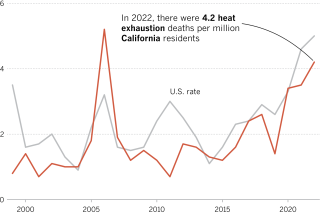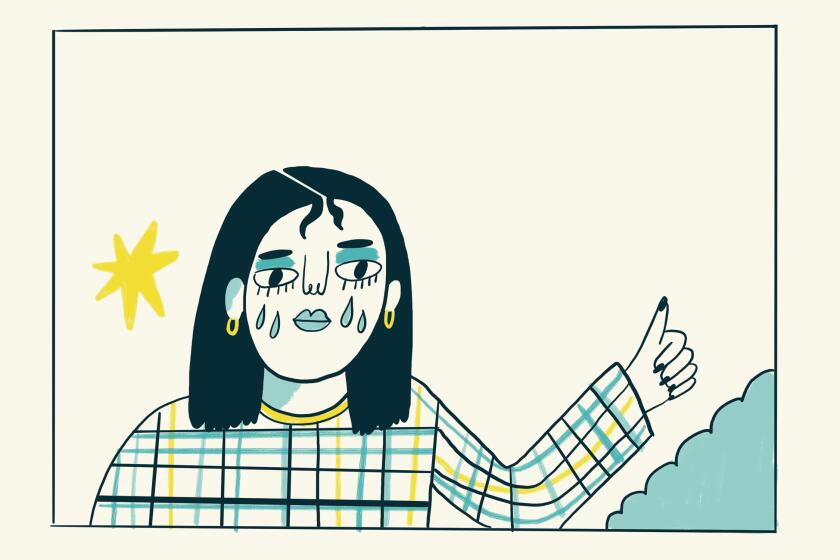Opinion: L.A. loves food trucks. With more heat waves, they can be dangerous for people working in them
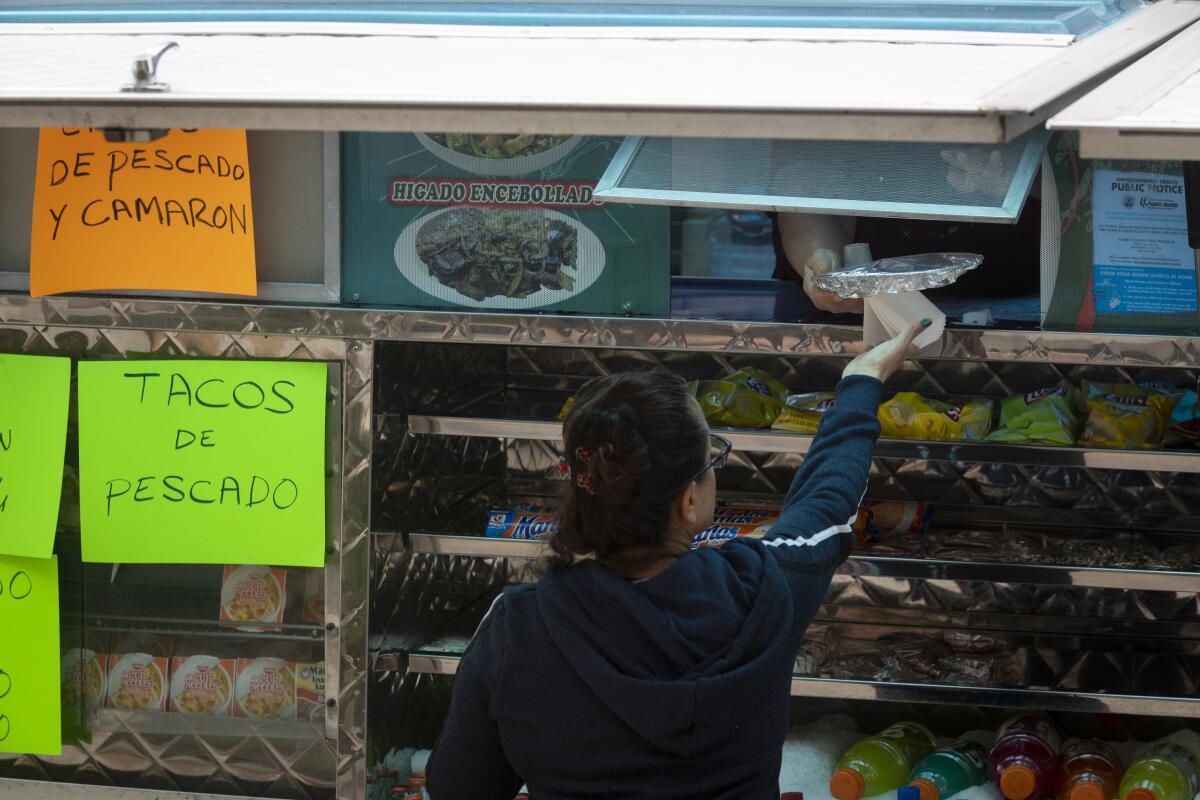
July delivered an irrefutable argument about the extent of climate change: A recent analysis suggests that 81% of the Earth’s population lives in places that experienced extreme heat attributable to global warming sometime during the month. Extreme heat is not just uncomfortable; it can be debilitating, and even deadly.
However, these effects aren’t felt equally. Many people labor under conditions of extreme heat — sorting boxes in sweltering warehouses, delivering packages or working in fields — so that others don’t have to. This is thermal inequality: the idea that the negative effects of heat are distributed unequally and in ways that can exacerbate other forms of inequality, including those that harm human health.
Thermal inequality can be hard to notice. But once you start paying attention, it’s even harder to miss. At UCLA we found it close to home. When our dining halls were closed due to the COVID-19 pandemic, food trucks became an important way for students to get fed while limiting close indoor contact. Our research team became interested in the thermal experiences of the people who work in those trucks.
Using temperature sensors, we learned that the conditions can be dangerous. It can climb to over 100 degrees Fahrenheit inside the trucks for hours at a time, even on a cool night, largely due to the heat produced by grills or stovetops. Air conditioning is not always available; when it is, cooling units are often located near the roofs of the vehicles, where exhaust fans designed to remove hot air also suck out the cold air before it reaches workers.
Scorching temperatures in the Southern U.S. and more older adults moving to that region are putting an ever bigger population in danger.
And, because no one wants a fly in their food, California’s food safety regulations require workers to keep the back door of food trucks closed, cutting off a critical source of ventilation. Finally, food trucks are frequently understaffed and often face never-ending lines of customers, preventing workers from taking breaks outside. During heat waves, such as those we experienced in July, the temperatures outside make the inside of trucks even hotter.
When our team began interviewing food truck workers and owners, we heard stories about people who fainted on the job or ended up in the hospital after working in high temperatures. But we also learned that some of them believed they were resistant to the effects of heat.
One worker explained: “I could go through a whole eight-hour shift with no breaks. And I don’t know if it has to do with the fact that my family raised me to be a hard worker ... you know, because I’m Mexican.” A food truck manager told us that “there could be a cultural thing here, too, [the worker] is from a country where it’s very hot. You know, he’s from Indonesia ... he might be more adaptable to it.”
By contrast, people we interviewed described white workers as more vulnerable to the effects of heat, and more likely to quit because of it.
What we heard echoed a long history of racist arguments by physicians and scientists that nonwhite people are more resilient to heat. This pernicious idea has been used to justify systems of slavery, indenture and other forms of coerced and exploitative labor. In the United States, this includes the enslavement of Africans for plantation labor under the grueling sun, the recruitment of Chinese workers to lay railroads in the 19th century, the hiring of Black workers to cast metal in sweltering automotive factories in the early 20th century and the heavy reliance on Latin American workers in agriculture fields today.
Climate change is causing dangerous heat during the school year. The state should make sure districts with the fewest resources get protections.
To be clear, race is not a good indicator of biological resilience or vulnerability to the effects of extreme temperatures, which, in addition to causing heat exhaustion and heat stroke, can exacerbate preexisting conditions, disrupt sleep, impair cognitive function and even increase the risk of preterm birth. The idea that people of color are at less risk when exposed to high temperatures is inaccurate and it perpetuates an unjust system where some people work in the heat so that others can stay cool. If anything, people of color are made more vulnerable to the effects of heat precisely because they are presumed to be less vulnerable, and therefore often assigned to work in more dangerous thermal conditions.
For food truck workers, designing better-ventilated vehicles with effective air conditioning is vital. Strengthening worker safety regulations where they exist, developing them where they don’t and enforcing these rules is also a crucial step. For example, there is a California Health and Safety Code that could be amended to allow mesh screens over open back doors. This would be a simple way to enable better airflow while minimizing the possibility of food contamination. Safety regulations such as this need to be written with the protection of the consumer and the worker in mind.
At the same time, we need to combat the idea that racial minorities are innately resistant to the negative effects of heat exposure. For far too long, pseudo-scientific ideas about racial resilience and vulnerability have continued to justify the sacrifice of some for the comfort of others.
Sofia Sabra, Jason Sutedja and Olivia Toledo are members of the UCLA Heat Lab, which is directed by Bharat Jayram Venkat, an associate professor at UCLA’s Institute for Society & Genetics and in the history and anthropology departments.
More to Read
A cure for the common opinion
Get thought-provoking perspectives with our weekly newsletter.
You may occasionally receive promotional content from the Los Angeles Times.


